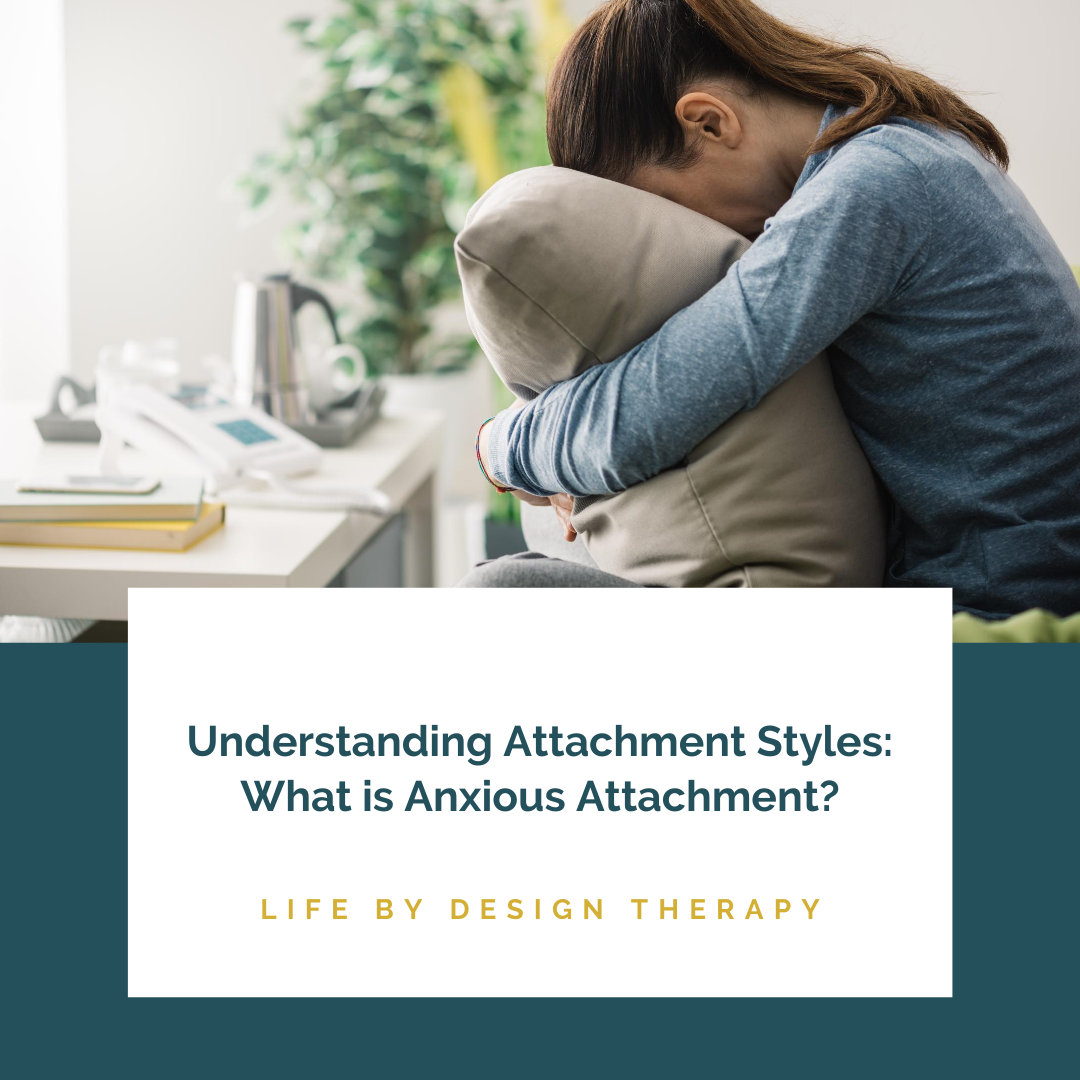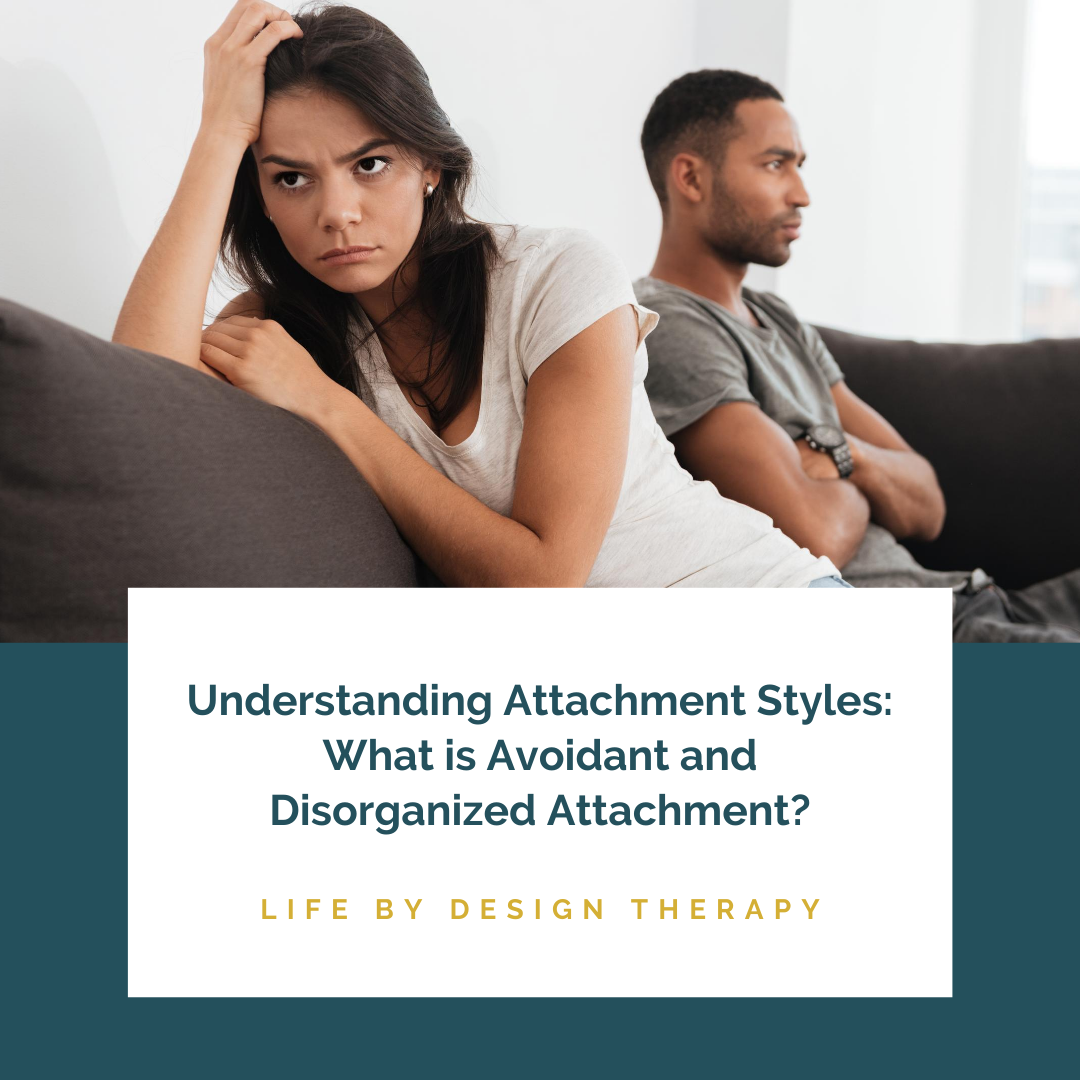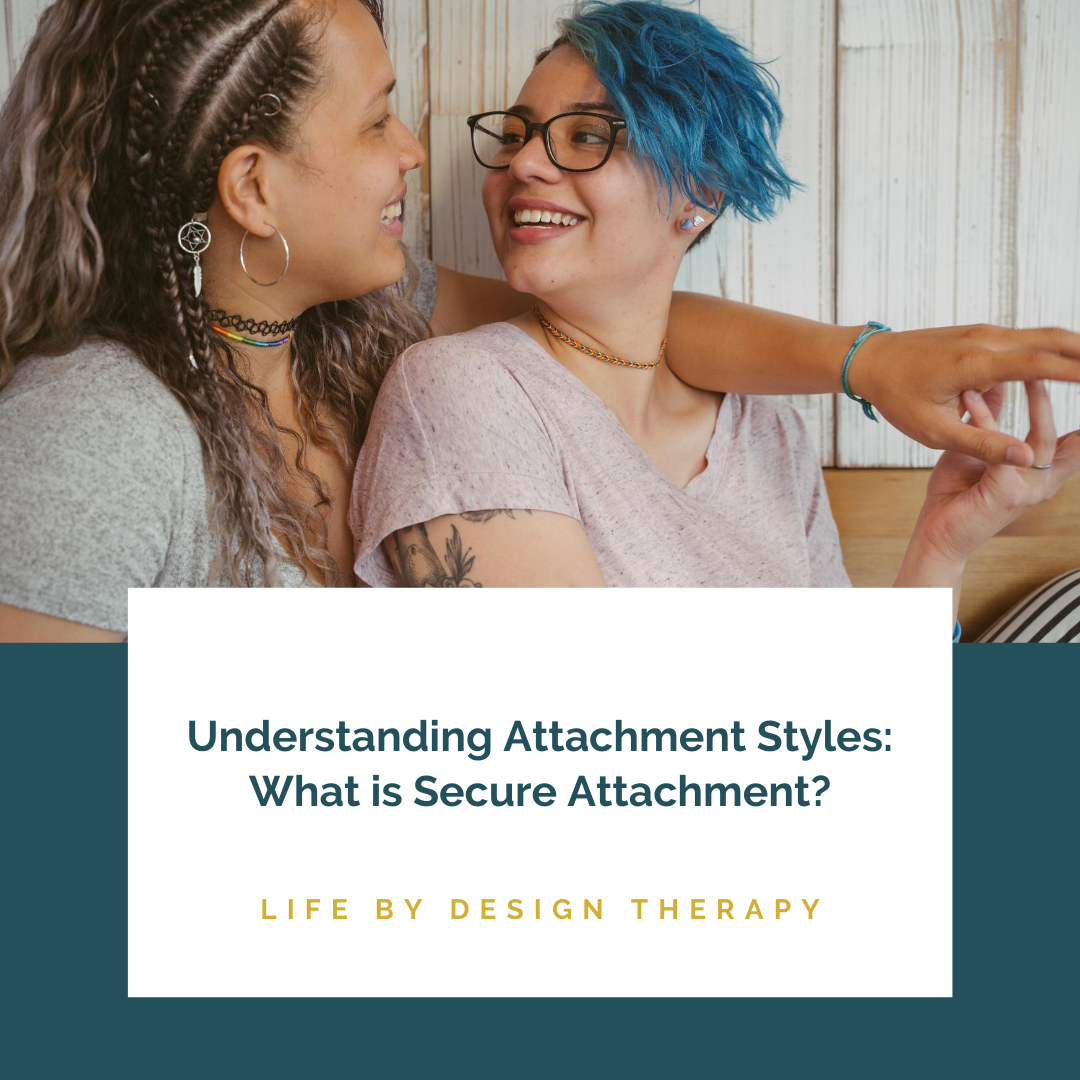By Melody Wright, LMFT
We’ve all been there at one point or another. Glued to our couch, calling our friends with tissues galore, mindlessly scrolling and doing whatever we can to try to feel a little better. Another relationship. Another heartbreak. The pain is real. The loss is present. It hurts so bad.
During this difficult time, it's normal to question “what went wrong?”.
There are three things that can never be returned: time, words, and love. And while it is easy to get caught up in the moment you're falling for someone, it's important to know what your dealbreakers are from the start. Being in a secure, connected, enjoyable and emotionally safe relationship is key, so before stepping into your next relationship determine what your absolute dealbreakers are. Here's a few ideas to support your journey…
Abuse - this is any type of abuse such as Physical, Mental, or Emotional. Unfortunately, when abuse occurs many people may feel like it will never happen again. Remember that you are worth having safe and secure relationships and it's important to be clear on your boundaries around this.
They’re Hiding You - while timing is relevant here, this should be a red flag that something may not be right. If they are clearly keeping you a secret, it's best to discuss this with them and be direct. If they are not able to be transparent about their reasoning, this could indicate some serious problems that could show up later in the relationship (i.e. cheating, feeling embarrassed by you or difficulty committing to a serious relationship).
Substance Abuse and Addiction - you might find yourself in a situation where you are put in a compromising position with drugs or alcohol, especially if you have a family history or strong personal beliefs around drug and alcohol use. If this is you, it's important to ground yourself in what is acceptable to you and what situations may be too much. Being in a relationship with someone with an addiction can be taxing, build resentments, and create conflict so having these open and honest conversations is key.
There are many other things that can go unnoticed while in the excitement of a new relationship. Besides the major dealbreakers here are a few questions to ask yourself when deciding what your dealbreakers are…
Are they able to set their own boundaries?
Do they know how to identify their needs and communicate them?
How do they handle feedback or boundary setting?
What is their response when they are angry or offended?
What are their thoughts on marriage and children?
What are their political and spiritual values and stances?
What is their communication style and how do they handle uncomfortable situations?
Now that you have some questions to chew on, let's talk about why it is important to know the dealbreakers before you step into the relationship. When you are in a relationship where you’re having to compromise yourself to keep someone around, it can really take a toll on your mental health. It can create feelings of hopelessness, worthlessness, and potential anxiety and depression. Ultimately, life is way too short to spend it with someone who doesn’t align with your values and the things that are important to you. However, it's also up to you to know what you are willing to tolerate in a relationship and communicate that clearly with yourself and your partner.
We encourage you to recognize your value as a person who is worth having your needs met and that it's okay to have boundaries. If you feel as though you are having a difficult time maneuvering a relationship you’re in or finding your dealbreakers, consider reaching out to one of our skilled clinicians by clicking HERE to schedule a phone consultation.






























